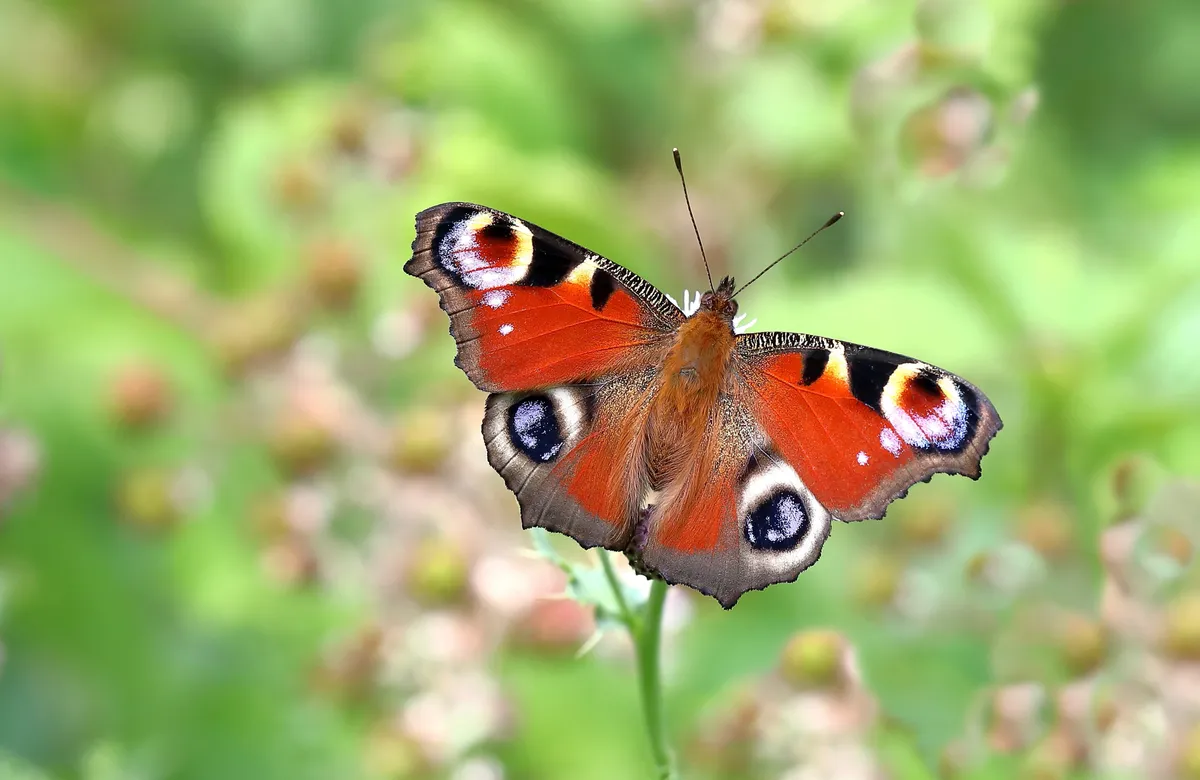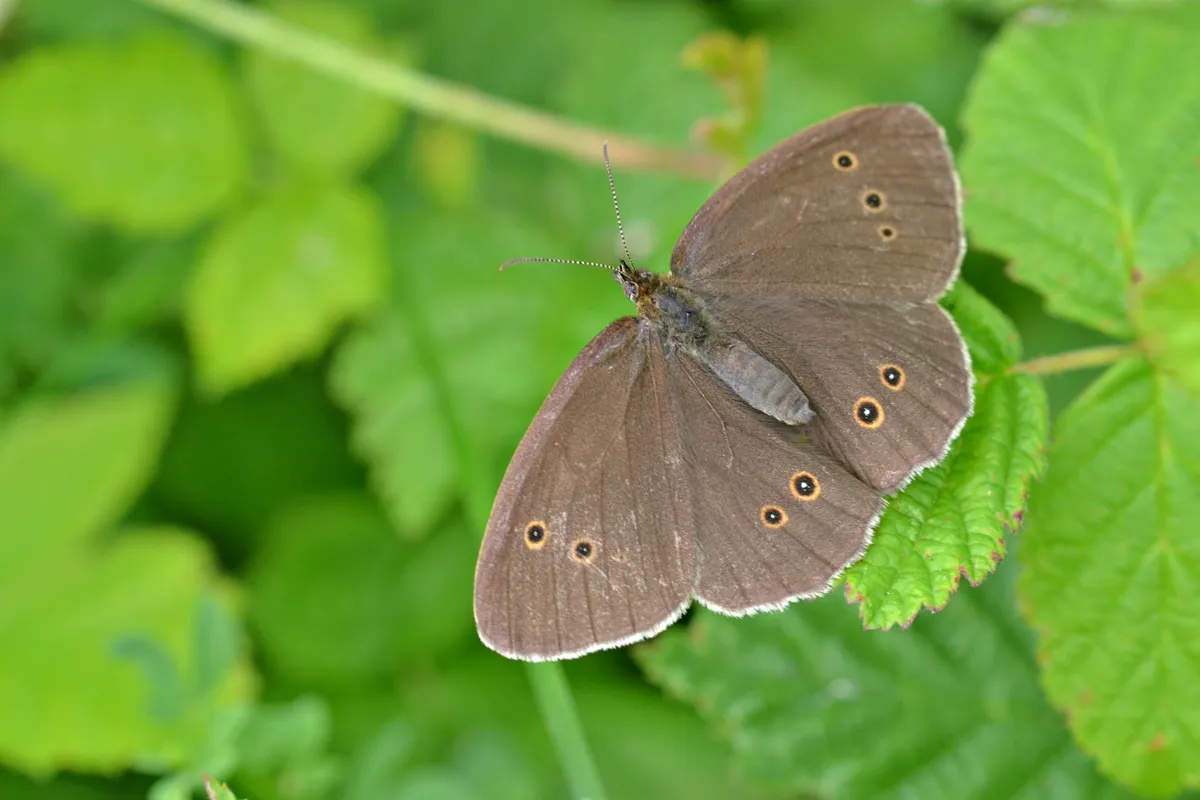The results of the Big Butterfly Count 2021 have been announced by the wildlife charity Butterfly Conservation, and reveal that the decline of butterflies and day-flying moths is continuing.
The data showed that the overall number of butterflies recorded per count was at the lowest number it has been since the citizen survey began 12 years ago. This is in spite of more than 150,000 counts taking place – the highest number in the survey's history, and representing 38,000 hours of counting in the three-week survey period.
“This year’s results show that the average number of butterflies and moths per count is the lowest we’ve recorded so far,” says Dr Zoë Randle, senior surveys officer at Butterfly Conservation. “On average people counted nine butterflies or moths per count, which is down from 11 in 2020, and down again from 16 in 2019. More counts are undertaken and submitted year on year, but it seems that there are fewer butterflies and moths around to be counted.”
Learn more about butterflies and moths:
Whilst some species are undergoing long-term decline, it's thought that this year's unusual spring and early summer weather had a big impact on butterfly and moths. And the scientists are worried for the future of these insects, with more extreme weather events due to climate change predicted in the future.
“Some of the UK’s butterflies have more than one generation per year, meaning we would see adult butterflies in spring and summer,” adds Randle. “The majority of these double-brooded species experienced their worst year since the start of the Big Butterfly Count in 2010. Weather changes are likely to be the cause of this.”
“March 2021 was warmer than average which would have stimulated butterfly activity. However, May was very wet which will have hampered butterfly feeding and breeding. These combined weather effects are likely to have reduced the spring generation which has knock-on effects for the second generation in the summer.”

Two of the species that were particularly low in number this year were the peacock and the small tortoiseshell butterflies. The peacock (pictured above) was recorded at its lowest numbers since 2012, whilst the small tortoiseshell (main image) had its third worst summer and the data shows that it is undergoing significant long-term decline.

The marbled white butterfly (pictured above) actually had a very high abundance in this year's Big Butterfly Count, with a 213% increase on 2020. However, this is because last year's very sunny and warm spring meant that the species emerged from pupation earlier than normal, before the Big Butterfly Count took place and resulting in low numbers during the survey. Thus this year's abundance is actually normal for the species. The same is also true for the ringlet butterfly (pictured below), which was up by 81% from 2020.

More citizen science surveys:
- Moth Night (date and theme changes each year)
- New Year Plant Hunt (1-4 January)
- Big Garden Birdwatch (last weekend of January)
- City Nature Challenge (late April and start of May)
Results of the Big Butterfly Count 2021
Key to table: rank in abundance. species: abundance – average per count (% change from 2020)
- Small white: 252,151 – 1.88 (-5%)
- Large white: 229,218 – 1.71 (-16%)
- Meadow brown: 197,060 – 1.47 (33%)
- Gatekeeper: 133,726 – 0.99 (-30%)
- Red admiral: 75,394 – 0.56 (-10%)
- Ringlet: 63,311 – 0.47 (81%)
- Peacock: 61,668 – 0.46 (-63%)
- Small tortoiseshell: 38,543 – 0.29 (32%)
- Marbled white: 28,704 – 0.21 (213%)
- Green-veined white: 27,784 – 0.21 (-9%)
- Small copper: 22,897 – 0.17 (11%)
- Comma: 21,320 – 0.16 (-32%)
- Speckled wood: 18,086 – 0.13 (-41%)
- Six-spot burnet moth: 15,964 – 0.12 (42%)
- Common blue: 14,376 – 0.11 (-59%)
- Painted lady: 12,180 – 0.09 (44%)
- Holly blue: 10,018 – 0.07 (-58%)
- Brimstone: 7,984 – 0.06 (-33%)
- Silver Y moth: 3,661 – 0.03 (53%)
- Scotch argus: 2,326 – 0.02 (n/a)
- Jersey tiger moth: 2,034 – 0.02 (n/a)
- TOTAL: 1,238,405 – 9.21 (-14%)
Main image: Small tortoiseshell butterfly. © Christopher Mills/Butterfly Conservation





